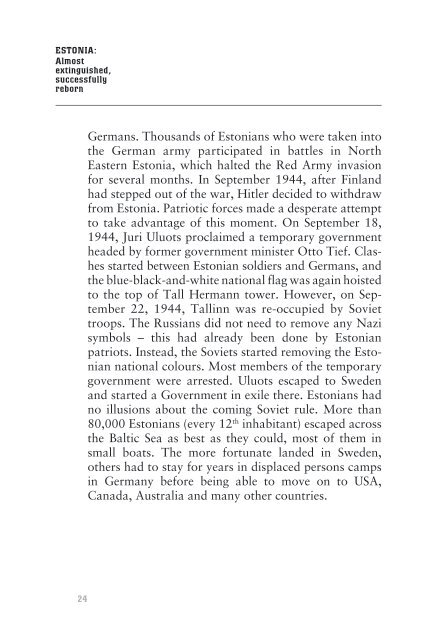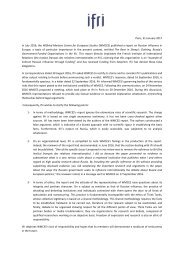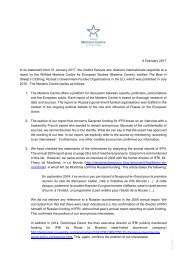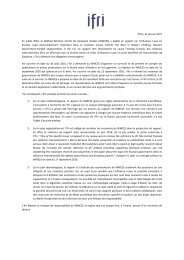ESTONIA: Almost extinguished, successfully reborn
The following text is the shortest possible review to help inform friends and guests from abroad about Estonia’s experience with foreign occupation and totalitarianism as well as its road to peacefully re-establishing national inde-pendence on the basis of democracy. Tunne Kelam Member of the European Parlament
The following text is the shortest possible review to help inform
friends and guests from abroad about Estonia’s experience with
foreign occupation and totalitarianism as well as its road to
peacefully re-establishing national inde-pendence on the basis
of democracy.
Tunne Kelam
Member of the European Parlament
You also want an ePaper? Increase the reach of your titles
YUMPU automatically turns print PDFs into web optimized ePapers that Google loves.
<strong>ESTONIA</strong>:<br />
<strong>Almost</strong><br />
<strong>extinguished</strong>,<br />
<strong>successfully</strong><br />
<strong>reborn</strong><br />
Germans. Thousands of Estonians who were taken into<br />
the German army participated in battles in North<br />
Eastern Estonia, which halted the Red Army invasion<br />
for several months. In September 1944, after Finland<br />
had stepped out of the war, Hitler decided to withdraw<br />
from Estonia. Patriotic forces made a desperate attempt<br />
to take advantage of this moment. On September 18,<br />
1944, Juri Uluots proclaimed a temporary government<br />
headed by former government minister Otto Tief. Clashes<br />
started between Estonian soldiers and Germans, and<br />
the blue-black-and-white national flag was again hoisted<br />
to the top of Tall Hermann tower. However, on September<br />
22, 1944, Tallinn was re-occupied by Soviet<br />
troops. The Russians did not need to remove any Nazi<br />
symbols – this had already been done by Estonian<br />
patriots. Instead, the Soviets started removing the Estonian<br />
national colours. Most members of the temporary<br />
government were arrested. Uluots escaped to Sweden<br />
and started a Government in exile there. Estonians had<br />
no illusions about the coming Soviet rule. More than<br />
80,000 Estonians (every 12 th inhabitant) escaped across<br />
the Baltic Sea as best as they could, most of them in<br />
small boats. The more fortunate landed in Sweden,<br />
others had to stay for years in displaced persons camps<br />
in Germany before being able to move on to USA,<br />
Canada, Australia and many other countries.<br />
24














